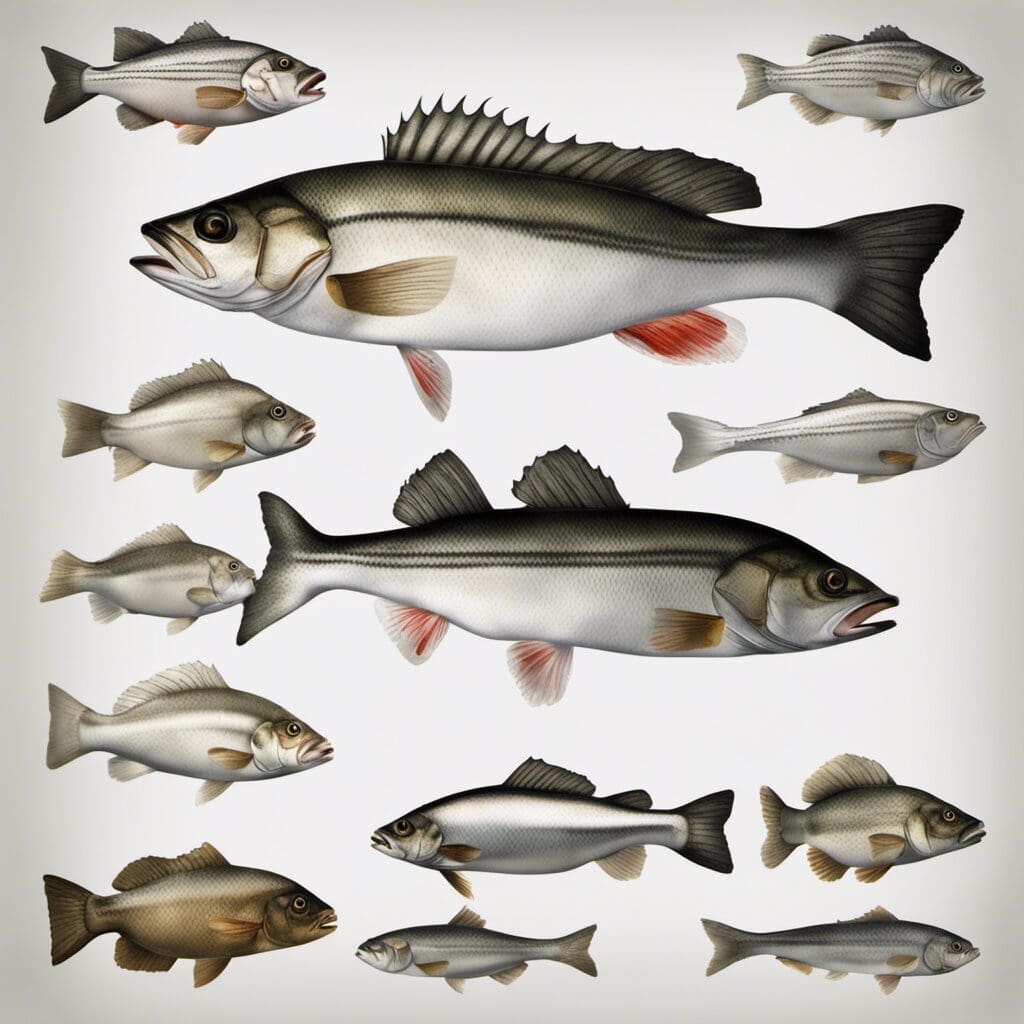Introduction
The White Seabass, also known scientifically as Atractoscion nobilis, belongs to the Sciaenidae family.
Conservation Status
Current Status
White Seabass is classified as stable according to the California Department of Fish and Wildlife (CDFW).
Conservation Efforts
White Seabass populations are closely monitored and managed by the CDFW through the implementation of fishing regulations such as size and bag limits. They are also helped by the establishment of the White Seabass Hatchery Program.
Statistics
| Statistic | Average | Range |
|---|---|---|
| Length | 3 feet (91 cm) | 1.5 – 5 feet (45 – 152 cm) |
| Weight | 27.5 lbs (12.5 kg) | 5 - 90 lbs (2.3 – 40.8 kg) |
| Average Lifespan | 11 years | n/a |
Distribution
White Seabass are found along the Pacific coast, ranging from Baja California, Mexico, to Kodiak, Alaska. They migrate, with variations based on region and population size, following temperature changes in the ocean.
Habitats
White Seabass prefer warmer water of 60 – 70°F (15 - 21°C) and are often found at depths of about 120 feet (37 meters).
When and Where to See
The White Seabass is most commonly seen in spring and summer, approximately between the months of March and July, though this varies slightly depending on geographical location.
Best Fishing Locations
White Seabass can be found off the coastlines in the Pacific Ocean from Mexico up to Alaska. Specifically, popular fishing spots include:
- Santa Monica Bay, California
- Monterey Bay, California
- La Jolla, California
- Point Loma, California
How to Catch
White Seabass will go after a variety of baits including squid, anchovies, and mackerel. Successful fishing techniques include trolling and surface fishing with live bait.
Identification Guide
White Seabass are silver-gray with a large, elongated body and a mouth full of sharp, conical teeth. They also have a distinct ridge running along the length of their belly.
Culinary Information
White Seabass is a popular menu item due to its firm, moist texture and mild flavor. It is often grilled, baked, or broiled and pairs well with a variety of sauces and side dishes.
Additional Information
White Seabass are predatory fish, eating a diet comprised mostly of other fish and invertebrate species. Known human-induced threats to this species include commercial and recreational fishing.
References and Further Reading
- California Department of Fish and Wildlife: White Seabass
- Hubbs-SeaWorld Research Institute: White Seabass
- Fishbase.org: Atractoscion nobilis

